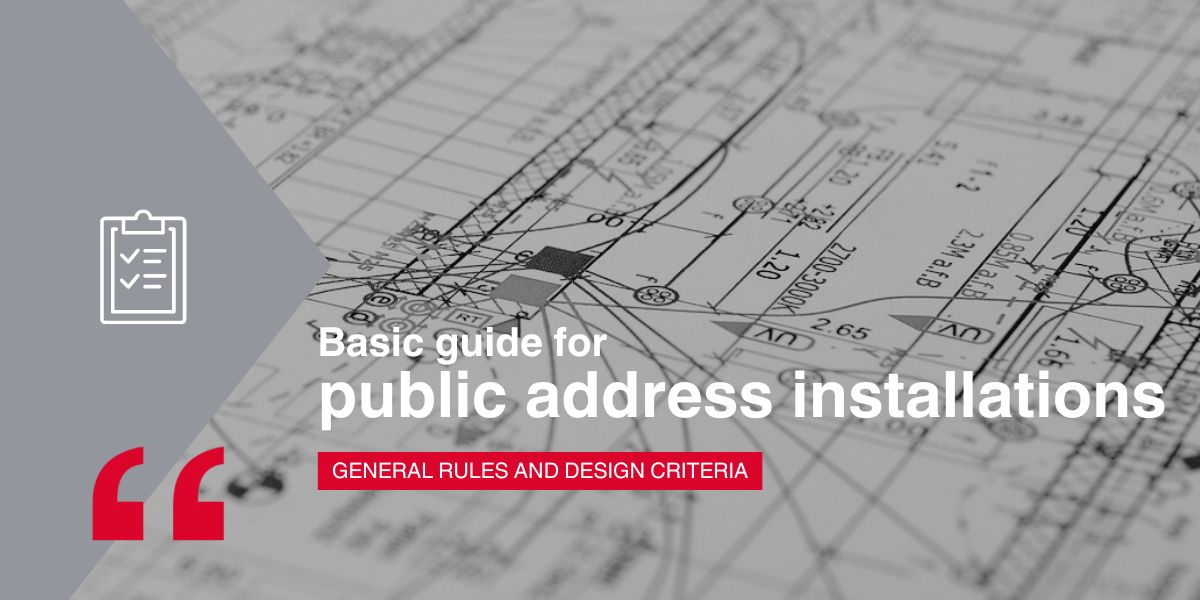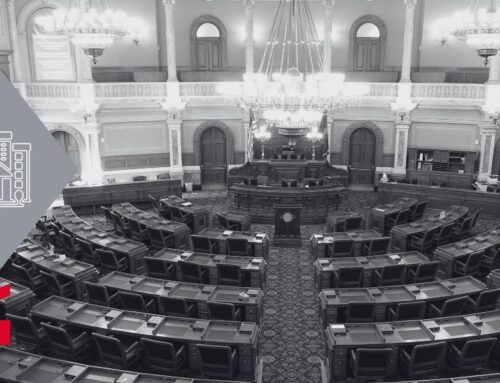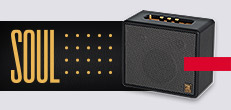The purpose of a public address system is to achieve uniform sound distribution in the audience area. To do this, the speakers must be evenly distributed in the area to be covered, thus avoiding high level output areas that would cause discomfort to the listener in the vicinity of the speakers. Areas with low sound levels should also be avoided.
When the system is applied to speech reproduction, intelligibility must be ensured for a good understanding of the message. This is achieved by minimising background noise, reverberation and sound reflections that can cause annoying echoes.
Criteria for level and intelligibility
Based on the average ambient noise level and without taking into account peak values produced by sporadic noise, the following classification is established:
- Quiet premises: Premises with noise levels ranging from 30 to 50 dB, such as residential homes, low traffic-density transit areas, or quiet areas of a hospital.
- Typical premises: Premises with noise levels ranging from 50 to 65 dB, such as homes in a medium traffic urban area, quiet office areas, or restaurants.
- Noisy premises: Premises with noise levels ranging from 65 to 80 dB, such as noisy office premises, shops and public establishments.
- Very noisy premises: Premises with levels above 80dB, such as factories or transport stations.
The noise levels we typically find in our environment are classified in the following table:
| CLASSIFICATION | NOISE LEVEL | ENVIRONMENT |
|---|---|---|
| Silent premises | 0 dB | Audibility threshold |
| 10 dB | Falling leaves from trees | |
| 20 dB | Whispers | |
| 30 dB | Field, radio studio | |
| 40 dB | Quiet house, hospital, library | |
| Normal premises | 50 dB | Normal conversation, quiet office |
| 60 dB | Restaurant, hotel lobby, town living area, large shops | |
| Noisy premises | 70 dB | Department stores, crowd in a theatre, street with lots of people |
| 80 dB | Printing press, noisy office, department stores | |
| 90 dB | Ventilation equipment, industrial machinery | |
| Very noisy premises | 100 dB | Siren in a factory, fireworks |
| 110 dB | A train passes through the station | |
| Harmful sounds | 120 dB | Maximum audible value (pain threshold): Airplane engine, thunder, pneumatic hammer |
| 130 dB | Jet aircraft | |
| 140 dB | A turbo jet engine | |
| 150 dB | Space rocket |
Signal-to-noise ratio
The signal-to-noise ratio (SNR) is the difference in sound pressure level (SPL) between the audio signal transmitted by the public address system, over the ambient noise level.
In closed premises, an SNR of 25 dB and a reverberation time of less than two seconds is required. If the reverberation time is shorter, in wellconditioned acoustically rooms, an SNR of 15 dB is sufficient. An SNR of 15 dB is sufficient in a open areas, since the reverberation times are very low.
Frequency response
The human audible frequency range is 20 Hz to 20 kHz, subdivided into low frequencies or bass tones [20 Hz – 256 Hz], mid frequencies or mid-tones [256 Hz to 2 kHz] and high frequencies or treble tones [2 kHz – 20 kHz].
A public address system does not necessarily have to be able to reproduce the full range of audible frequencies. Depending on the application, three frequency ranges can be distinguished depending on the quality of the sound played:
- Quality level I: Speech reproduction (300 Hz – 6 kHz).
- Quality level II: Background music (125 Hz – 15 kHz).
- Quality level III: Quality music (50 Hz – 20 kHz).
The frequency response of the system should be uniform throughout the audience area. Therefore, when designing a public address system, acoustic elements will have to be chosen and distributed so that for each listener the system provides an adequate acoustic response.





